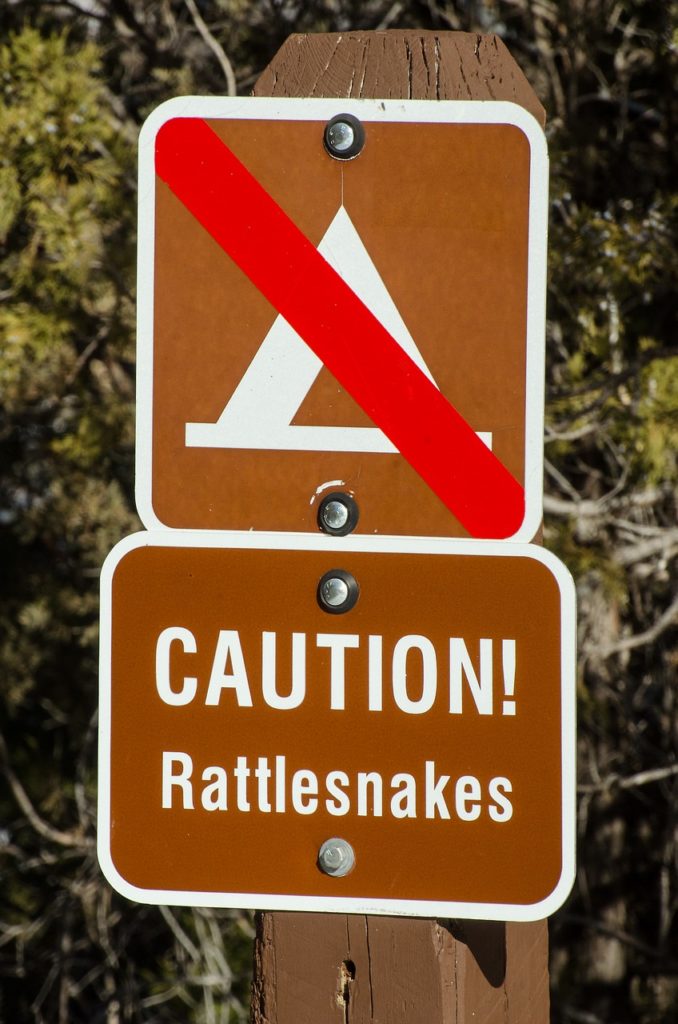Ensuring the safety of children while camping is paramount to a successful outdoor adventure. From setting up a secure campsite to teaching kids about wilderness hazards, this guide will provide you with necessary tips and tricks to optimize safety measures when camping with your little ones. By implementing these strategies, you can create a safe and enjoyable camping experience for the whole family.
Preparing for the Trip
How-to Select a Kid-Friendly Campsite
With an abundance of campgrounds to choose from, selecting the right one for a family camping trip is crucial. Look for kid-friendly campsites that offer amenities such as playgrounds, easy access to water sources, and well-maintained restroom facilities. Additionally, consider the campground’s proximity to hiking trails or other outdoor activities suitable for children.
When choosing a campsite, prioritize safety by selecting a spot away from water bodies and potential hazards like cliffs or unstable terrain. Opt for a level and spacious site where children can move around freely without getting too close to the fire pit or cooking area. Familiarize yourself with emergency procedures and the nearest first aid station before setting up camp.
Tips for Packing Essential Safety Gear
When packing for a camping trip with kids, it’s crucial to include safety gear to handle any unexpected situations. Pack a well-stocked first aid kit that includes bandages, antiseptic wipes, insect repellent, sunblock, and any necessary medications. Additionally, bring along a whistle, flashlight, and extra batteries for emergencies.
Include protective gear such as helmets for bike rides or outdoor sports, as well as life jackets for activities near water bodies. Teach children how to properly use safety equipment and establish clear rules to prevent accidents. After packing all safety gear, double-check your supplies to ensure nothing imperative is missing.
Trip
- Make sure all safety gear is easily accessible during the trip.
- Review safety rules with children upon arrival at the campsite.
This chapter emphasizes the importance of thorough preparation before embarking on a camping trip with kids. By selecting a kid-friendly campsite and packing safety gear, families can optimize safety measures and enjoy a worry-free outdoor experience.
Setting Up Camp Safely
Clearly, ensuring the safety of children while camping is a top priority for any parent or guardian. Setting up camp safely involves careful planning and consideration of various factors to minimize risks and create a secure environment for kids to enjoy their outdoor adventure.
Factors to Consider When Arriving at the Campsite
When you arrive at the campsite, take a moment to assess the surroundings and identify potential hazards. Look out for uneven ground, sharp rocks or branches, bodies of water, and wild animal tracks. Take note of the proximity of the campsite to the nearest ranger station or emergency services in case of an unexpected situation.
- Select a campsite that is away from cliffs, bodies of water, and hazardous plants.
- Check for poisonous plants like poison ivy and stay clear of them.
- Establish an emergency plan with children, including how to seek help if they get lost or injured.
After setting up the campsite, teach children about boundaries and safety rules to follow during their stay. Encourage them to stay within sight and within a designated area to prevent accidents or getting lost.
How to Establish a Safe Camp Environment for Kids
Setting up a safe camp environment for kids involves creating a secure space where they can play, explore, and rest without unnecessary risks. Choose a location for the tent that is level and free of rocks, roots, or other debris that could cause trips or falls. Secure the tent properly to ensure it can withstand various weather conditions and keep children dry and protected.
For instance, designate specific areas for different activities such as eating, sleeping, and playing. Clear boundaries will help children understand where it is safe to roam and where they should avoid. Setting up a visible landmark near the campsite can also serve as a reference point for children to find their way back if they wander off.
During the Camping Adventure
Despite the excitement of being in the great outdoors, ensuring the safety of children while camping should be a top priority. With a few simple precautions and proactive measures, you can optimize safety and peace of mind during your camping trip with kids.
Tips for Supervising Kids in the Wild
One of the most critical aspects of camping with children is constant supervision. To ensure their safety in the wild, consider implementing the following tips:
- Assign specific tasks to children to keep them engaged and close by.
- Establish boundaries within the camping area and emphasize the importance of staying within them.
- Teach them basic outdoor safety rules such as not approaching wildlife and always staying visible to adults.
Perceiving potential hazards before they escalate is important in preventing accidents and injuries.
How-to Handle Emergencies and First Aid
One of the challenges of camping with kids is preparing for emergencies and knowing how to administer first aid in remote locations. Kids are naturally curious and may unknowingly put themselves in risky situations while exploring the wilderness. It is crucial to equip yourself with the knowledge and supplies needed to handle emergencies effectively.
It is important to have a well-stocked first aid kit readily available at all times. Familiarize yourself with basic first aid procedures such as treating cuts, insect bites, and minor burns. Additionally, know the nearest emergency services contact information and how to communicate your location effectively in case of a serious emergency.
Teaching Kids About Safety
Unlike other outdoor activities, camping with kids requires extra caution and preparedness to ensure a safe and enjoyable experience for the whole family. To help keep your young ones safe while camping, check out 10 Tips for Keeping Your Young Kids Safe While Camping. These tips can guide you in creating a secure environment for your children during your outdoor adventure.
Age-Appropriate Safety Tips for Kids
One of the most important aspects of teaching kids about safety while camping is ensuring that the information provided is tailored to their age and understanding. For younger children, it’s crucial to establish clear boundaries and rules to prevent accidents. This can include staying within designated areas, not wandering off alone, and understanding basic wildlife safety.
- Teach kids how to identify and avoid common hazards in the campsite.
- Show them how to properly use camping equipment and tools, emphasizing safety guidelines.
- Practice fire safety by teaching kids how to build and maintain a campfire responsibly.
After instilling these age-appropriate safety tips, your children will be better equipped to navigate the camping environment with awareness and caution.
Encouraging Responsible and Safe Camping Practices
On top of teaching kids about safety measures, it is equally important to encourage responsible and safe camping practices as a family. This involves setting a good example for your children by following proper camping etiquette, such as respecting nature, wildlife, and other campers. By demonstrating these behaviors, you are instilling values of environmental stewardship and safety in your children.
A family camping trip provides an excellent opportunity to teach kids valuable life skills and foster a sense of responsibility towards the environment. By involving them in setting up camp, cooking meals, and cleaning up the campsite, children can learn firsthand the importance of teamwork, organization, and safety practices in a camping setting.
Final Words
Presently, optimizing safety measures while camping with kids is crucial to ensure a fun and worry-free outdoor experience. By following the tips mentioned above, such as teaching children about campfire safety, keeping a first aid kit handy, and always staying vigilant, parents can create a safe environment for their little ones. Remember that preparedness and caution are key factors in preventing accidents and dealing with emergencies. By prioritizing safety and taking necessary precautions, families can enjoy the great outdoors and create lasting memories together.

